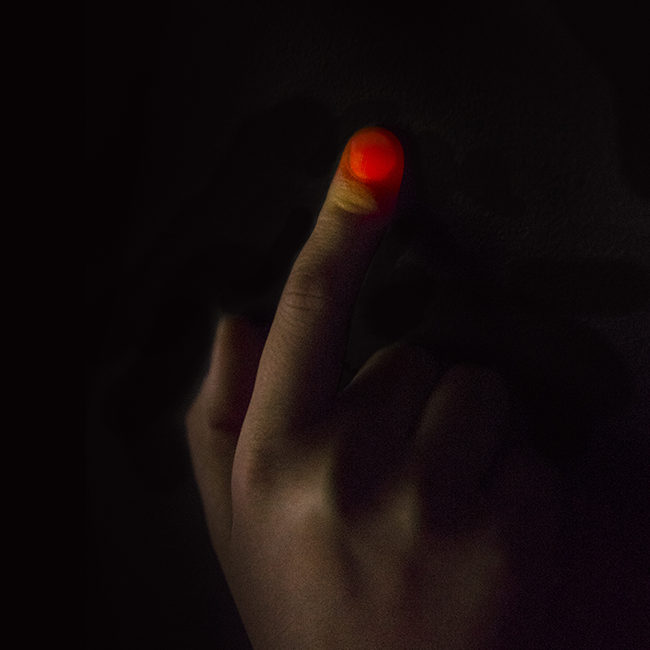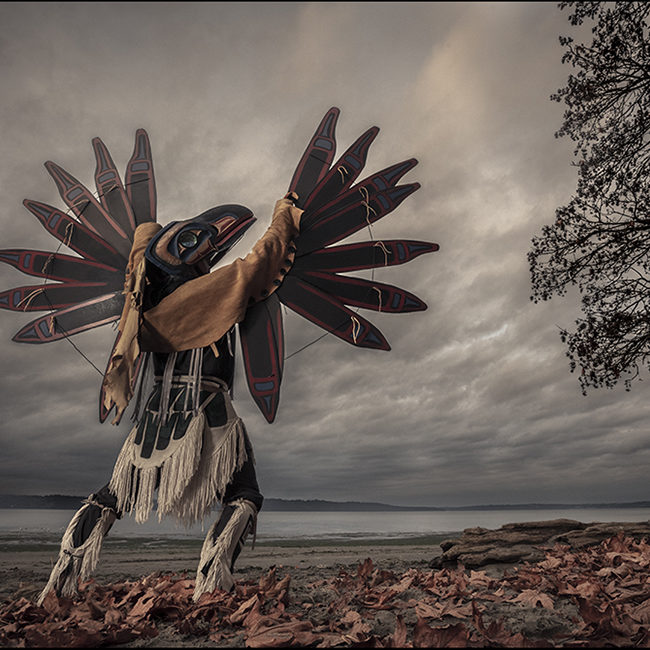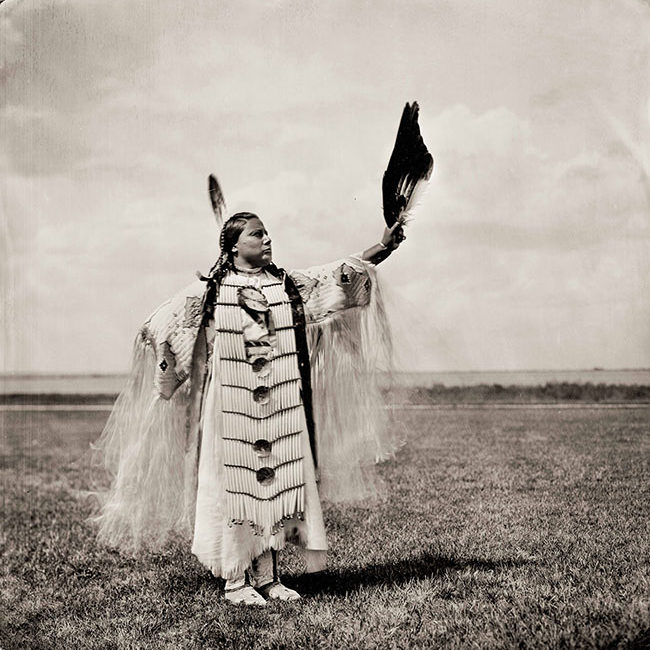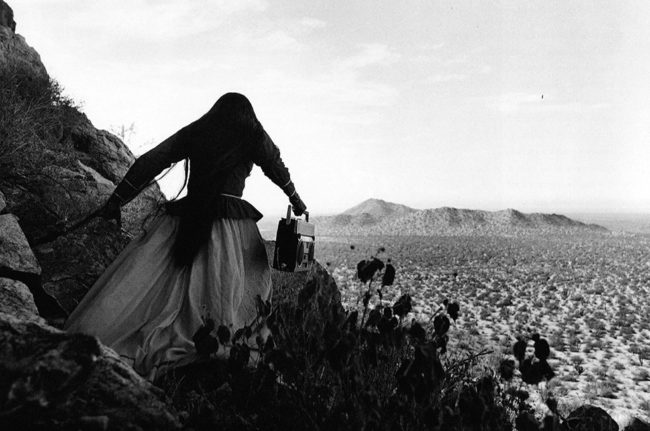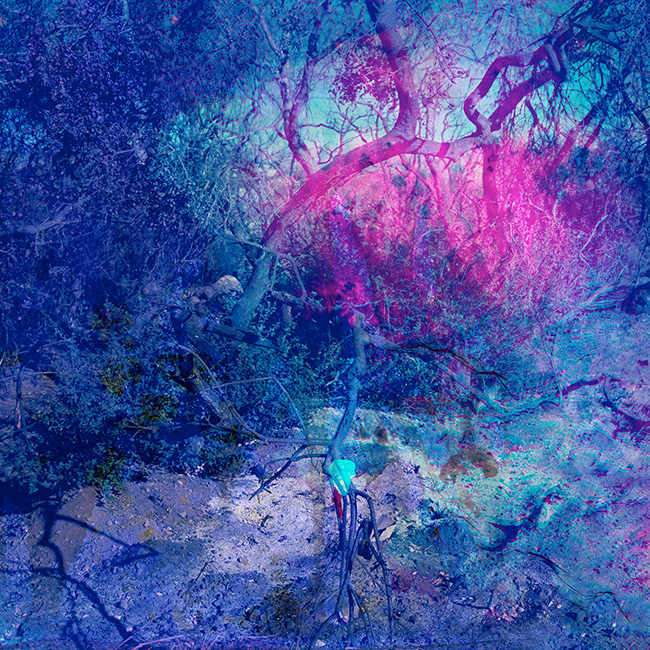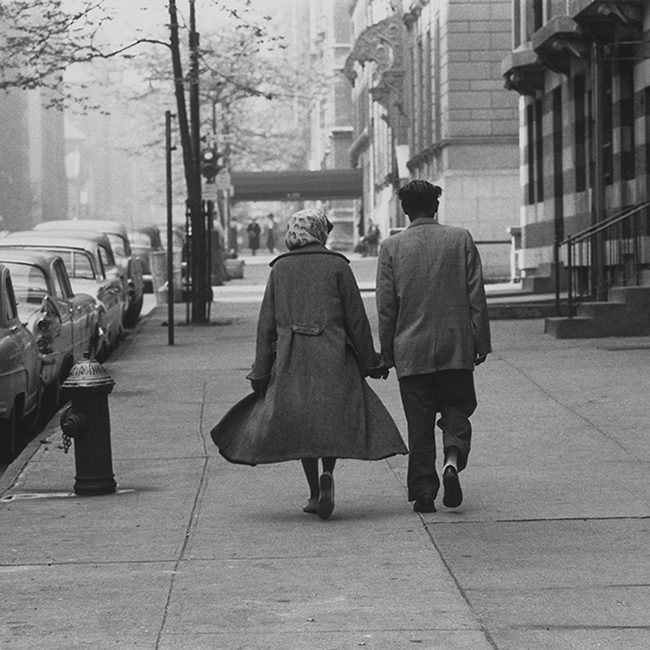After a multi-decade career as a documentary film and television producer, Arthur Drooker took up photography, producing two books American Ruins (Merrell, 2007) and Lost Worlds (ACC, 2011), which both found beauty in abandoned places. For Revisiting Pie Town, a book published this fall by the University of New Mexico Press, he turned towards another place made famous by its connection to the past: Pie Town, New Mexico, “population: seventy, maybe,” as Drooker writes in the book. About 140 miles southwest of Albuquerque, Pie Town was the subject of Farm Securities Administration photographer Russell Lee in the late 1930s and early 1940s. Drooker draws a direct connection between Lee’s photos and the town’s present, photographing its residents holding prints he made of Lee’s work and seeking out the town’s relics. Unlike other work by Lee and other FSA photographers that documented hardship and survival during the Great Depression, Lee’s “Pie Town” depicts a hard life, but without the deprivation and extreme poverty seen other places. In Lee’s images—many in vivid color, unlike most FSA imagery—children sing at school, men and women work in the fields growing pinto beans and cauliflower, a couple and their five children pose in their dugout cabin, and the whole town eats barbecue at the Pie Town Fair.
In Drooker’s photos and folksy text, Pie Town’s current residents keep up that pioneer spirit, even if they came from elsewhere. Pop McKee, one of Pie Town’s oldest residents, from a family that has ranched there for generations, poses in front of a blue-bottle-covered tree, which “seemed to reflect who he was: sturdy, resourceful, and yet whimsical,” writes Drooker. He also photographs Kathy Knapp, owner of The Pie-O-Neer Cafe, who moved from Dallas in 1994 to sell pie, after finding none there on a visit. He profiles an amateur astronomer who moved to the area for its dark skies, and an astrologer who also serves as a volunteer fire fighter. “People are very civic-minded,” the astrologer tells Drooker. “There is a longing for community and here it can play out very well. It’s not just the volunteer organizations; it’s also the parties, the social workings of everybody. This country would be better if half the people did a quarter of what we’re doing.”
There is a bit of American boosterism to Lee’s series, in the ruggedly good-looking faces of his subjects and their colorfully patterned, homemade clothes, and it remains intact in Drooker’s profiles of the town’s residents. “You can see what it takes to make it in Pie Town by observing the morning regulars in the café. Their hard work shows in the sweat that stains their dented cowboy hats, the dust that covers their cracked boots, and the calluses that harden their leathery hands. I didn’t have to look any farther than these men to document what became of the pioneer spirit that moved Russell Lee,” writes Drooker. (That utopian spirit was part of the attraction for Debbie Grossman, whose memorably Photoshopped series “My Pie Town” transforms Lee’s public domain images into a record of a fictionalized all-female outpost). Drooker’s Pie Town looks older and more eccentric than Lee’s, but they share a sense of American optimism centered on the intersection of the individual and the group. “While residents pride themselves on being rugged individualists, they equally value being part of a community,” writes Drooker. “Their lives depend on it. Call it the Pie Town ethos.”
Related Stories:
The Great Recession: Foreclosure USA
Voices of California’s Central Valley: Photographer Matt Black on Dorothea Lange (For PDN subscribers; Log in required)

